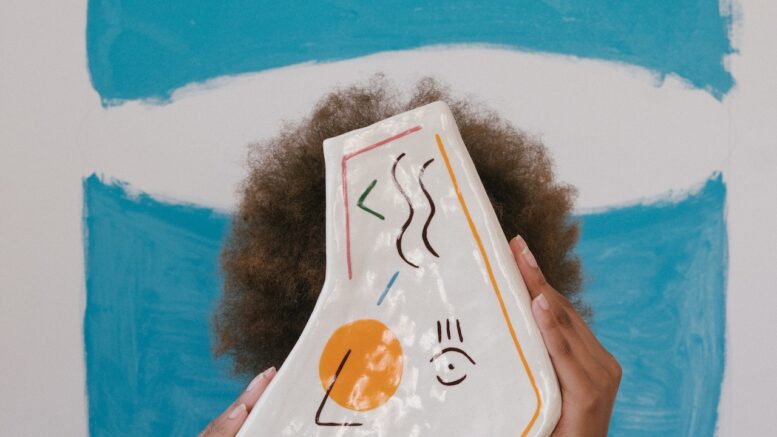In our modern, fast-paced world, there is a growing recognition of the value of holistic healthcare approaches. One such approach gaining traction is the integration of creative therapies into personalized care plans. The innovative strategy focuses on promoting overall well-being and facilitating recovery by recognizing that healing encompasses not only the physical body but also the mind, emotions, and spirit. Creative therapies, such as art therapy, music therapy, dance therapy, are now considered crucial aspects of comprehensive care.
What are Creative Therapies?
Creative therapies are a type of treatment that utilize an individual’s expressive and creative abilities to promote healing and personal development. These therapies involve engaging in artistic, musical, or movement-oriented activities, which encourage self-expression, self-awareness, and emotional processing. This holistic method acknowledges the ability of creativity to access emotions and thoughts that may be challenging to articulate verbally. As a result, creative therapies offer a distinctive means for individuals to delve into their feelings and experiences.
The Role of Creative Therapies in Personalized Care
According to Craft Concierge personalized care is all about customizing treatment plans to meet the unique needs and preferences of every individual. One crucial aspect of this approach is incorporating creative therapies, which provide a variety of tools to address different conditions and challenges. Creative therapies can be tailored to individual needs, whether someone is dealing with anxiety, depression, trauma, or physical pain.
1. Art Therapy
Art therapy utilizes various visual arts mediums, such as painting, drawing, and sculpture, as a means of facilitating healing. Through expression, individuals are able to externalize their emotions and bring them to life. This process promotes emotional release, self-discovery, and personal empowerment.
2. Music Therapy
Music has a profound effect on our emotions and can elicit powerful responses. Music therapy utilizes the therapeutic power of listening to, creating, or engaging with music. It has the ability to improve mood, alleviate stress, and even enhance cognitive function.
3. Dance and Movement Therapy
The act of movement holds therapeutic potential as a form of nonverbal communication. Dance therapy provides individuals with a way to express themselves both physically and emotionally, leading to an increase in self-esteem, improvement in body image, and enhanced overall physical well-being.
4. Drama Therapy
Drama therapy employs techniques from theater to delve into emotions, roles, and situations. Engaging in role-playing and improvisation exercises can provide individuals with valuable insights into their challenges and opportunities to practice new approaches for overcoming them.

The Science Behind Creative Therapies
There is solid research backing the effectiveness of creative therapies, proving their positive impact on different elements of well-being. Engaging in creative activities stimulates the release of endorphins, which are naturally occurring chemicals in the brain that promote feelings of happiness and pleasure. Additionally, these therapies activate neural pathways linked to emotional processing and regulation.
Integrating Creative Therapies
To effectively incorporate creative therapies into personalized care, healthcare professionals must collaborate. This means doctors, therapists, and creative arts specialists working together to create comprehensive treatment plans that address all aspects of an individual’s health – physical, emotional, and psychological.
Embracing a Holistic Future
In an ever-changing healthcare system, the significance of comprehensive well-being cannot be emphasized enough. Incorporating creative therapies into individualized care represents a movement towards treating the entire person rather than just addressing isolated symptoms. This approach not only enhances patient outcomes but also empowers individuals to actively participate in their journey towards healing.
Final Thoughts
The integration of creative therapies into personalized care represents noteworthy progress in healthcare. These therapies provide a distinct and successful approach to addressing the intricate connection between physical and emotional well-being. It is crucial to acknowledge the transformative power of creative expression in promoting overall wellness and recovery as we move ahead. By embracing a holistic approach that values both scientific advancements and creativity, we can usher in a new era of healthcare that genuinely nurtures the mind, body, and spirit.
Article edited and fact checked by our editorial team.
References:
- Baker FA, Metcalf O, Varker T, O’Donnell M. A systematic review of the efficacy of creative arts therapies in the treatment of adults with PTSD. Psychol Trauma. 2018 Nov;10(6):643-651. doi: 10.1037/tra0000353. Epub 2017 Dec 4. PMID: 29199839.
- de Witte M, Pinho ADS, Stams GJ, Moonen X, Bos AER, van Hooren S. Music therapy for stress reduction: a systematic review and meta-analysis. Health Psychol Rev. 2022 Mar;16(1):134-159. doi: 10.1080/17437199.2020.1846580. Epub 2020 Nov 27. PMID: 33176590.
- Alwledat K, Al-Amer R, Ali AM, Abuzied Y, Adnan Khudeir F, Alzahrani NS, Alshammari SR, AlBashtawy M, Thananayagam T, Dehghan M. Creative Art Therapy for Improving Depression, Anxiety, and Stress in Patients with Stroke: A Quasi-Interventional Study. SAGE Open Nurs. 2023 Mar 5;9:23779608231160473. doi: 10.1177/23779608231160473. PMID: 36895711; PMCID: PMC9989432.
- Hu J, Zhang J, Hu L, Yu H, Xu J. Art Therapy: A Complementary Treatment for Mental Disorders. Front Psychol. 2021 Aug 12;12:686005. doi: 10.3389/fpsyg.2021.686005. PMID: 34456801; PMCID: PMC8397377.
